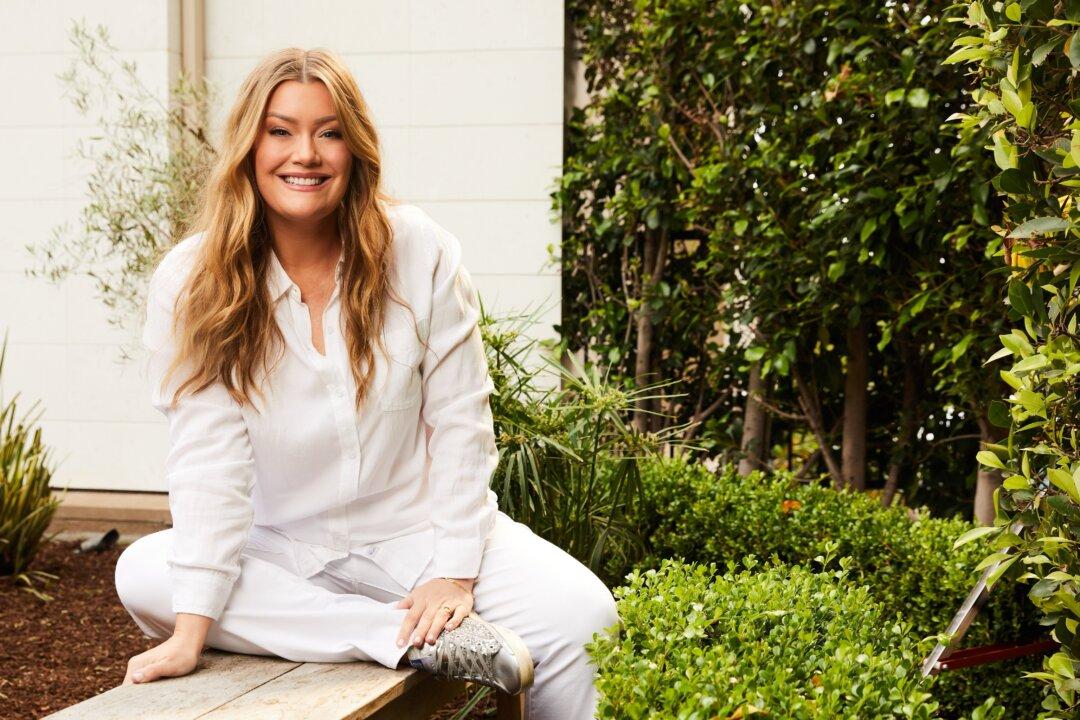Alone in the dance studio, Jason Pan practiced movements over and over again, until he mastered them to perfection. He repeated every gesture and facial expression in front of the mirror while analyzing the minute details within. It sometimes felt lonely, practicing hours into the night.
But that experience has allowed him to better understand the characters he portrays on stage. Mr. Pan is a principal dancer with the New York-based Shen Yun Performing Arts, a world-class performing arts troupe specializing in classical Chinese dance—an art form with thousands of years of rich history. Passed down through the Chinese imperial court and later through Chinese theater and opera, classical Chinese dance is one of the world’s most expressive dance forms.






